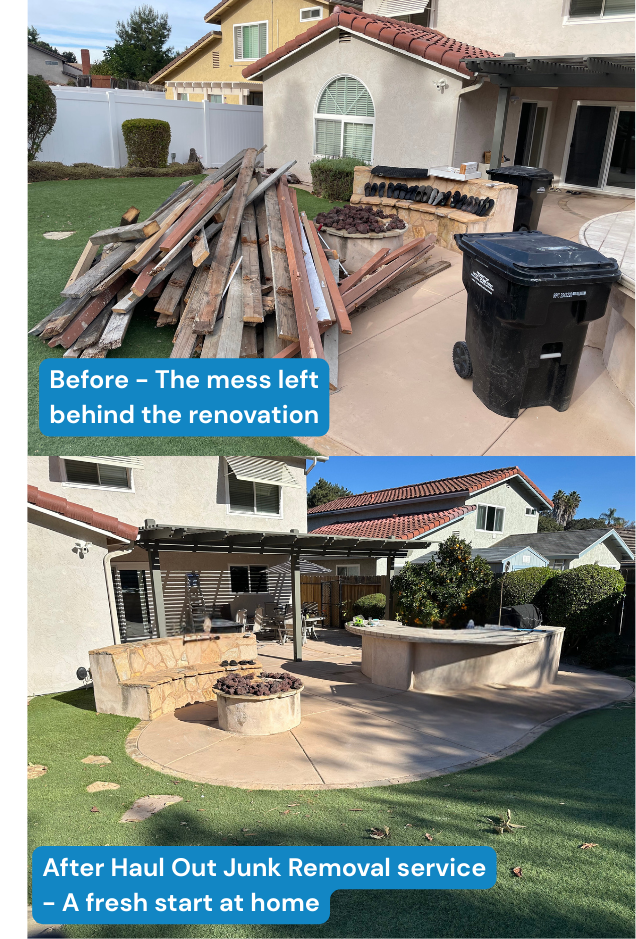What Are Your Options for Residential Construction Debris Removal?
Home renovations can be exciting—but they also create a mess. From old drywall and flooring to piles of scrap wood and broken tile, construction debris builds up quickly. Figuring out how to remove it all isn’t always easy. If you’re wondering what your options are for residential construction debris removal, here are the most common solutions:
1. Do-It-Yourself Hauling
Some homeowners choose to rent a truck or trailer and haul the debris to the local landfill or recycling center themselves. While this can save money, it requires time, multiple trips, and a lot of heavy lifting. You’ll also need to be familiar with local disposal rules, which can vary.
2. Renting a Dumpster
Dumpster rentals give you a convenient place to toss debris as your project progresses. They work well for larger remodels but can take up space in your driveway and may require permits. You’re also responsible for loading the dumpster yourself, which can be labor-intensive.
3. Professional Junk Removal Services
Hiring a residential junk removal company is the easiest and most stress-free option. A team will arrive at your home, handle all the heavy lifting, and safely dispose of materials like wood, concrete, drywall, and scrap metal. Many companies, like Haul Out Junk Removal, also recycle whenever possible to keep waste out of landfills. With same-day or scheduled service, you can clear your space quickly and keep your project moving forward.
Choosing the Right Option
The best choice depends on the size of your project, your budget, and how much time you want to spend hauling debris yourself. For many homeowners, professional junk removal offers the right balance of convenience, speed, and eco-friendly disposal.
At Haul Out Junk Removal, we specialize in residential construction debris removal. Whether you’re remodeling a kitchen, tearing out a patio, or renovating your whole home, our team makes the cleanup simple and stress-free.

